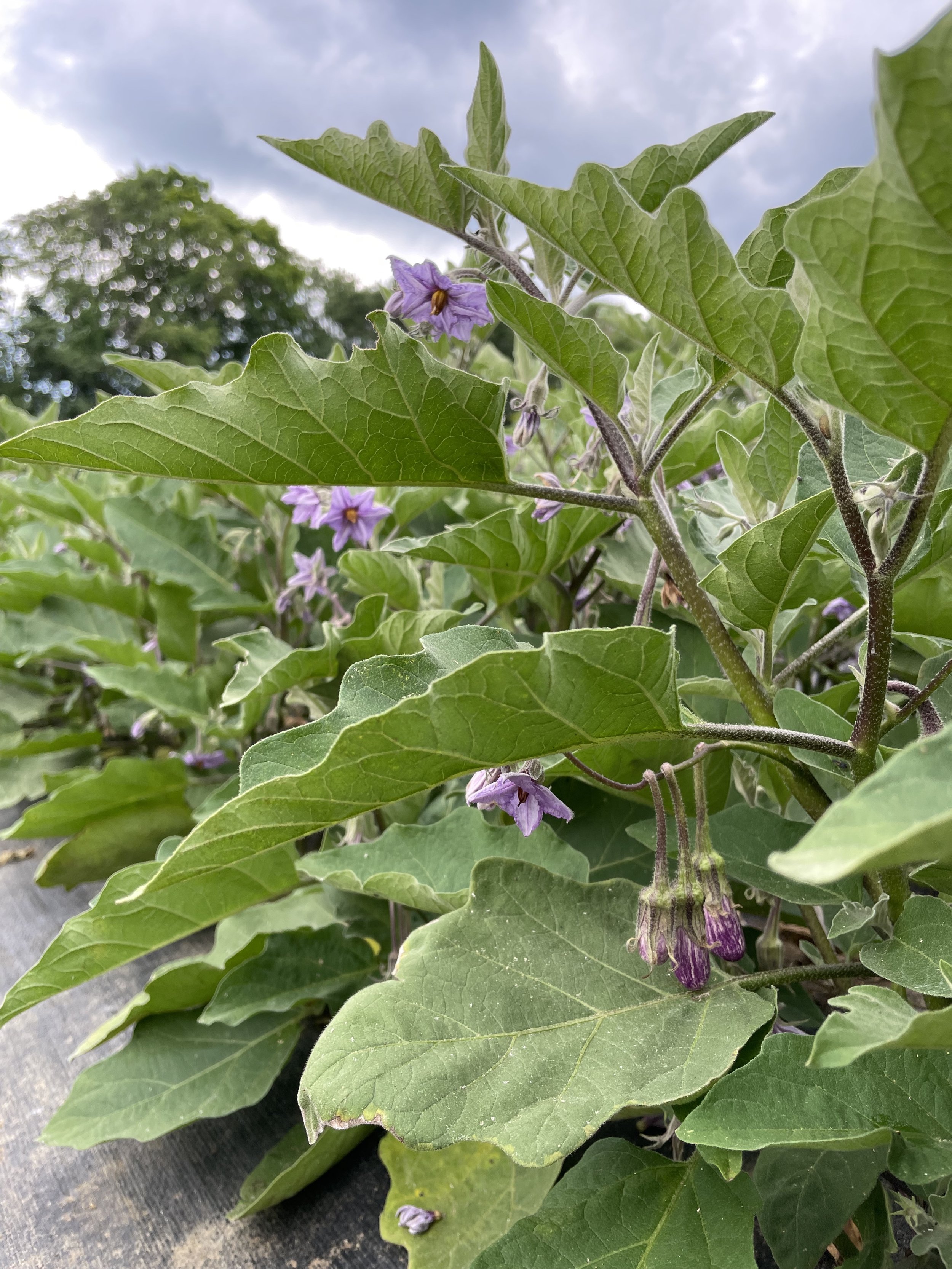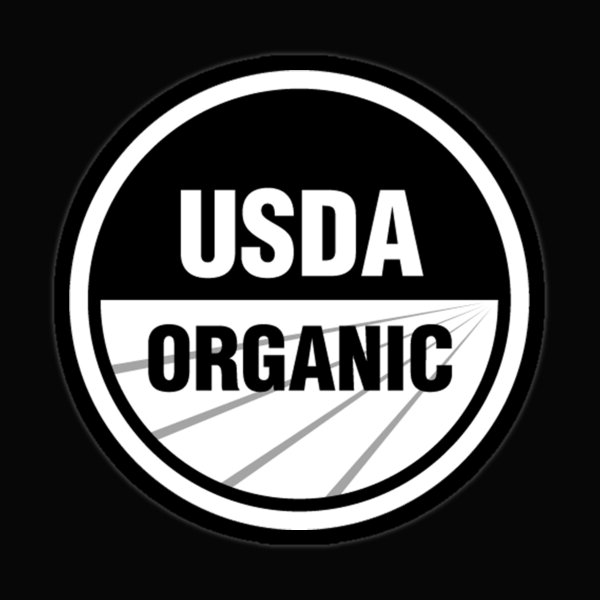The cutest of eggplants
Well, following spring’s halting beginnings, the farm suddenly feels like it’s on the cusp of a food and flower avalanche! Tiny eggplants are appearing on the fairy tale plants, Rachel harvested the first okra last week, zinnias are popping up, and the rudbeckia are blooming in full force. The harvest lists get longer every week, and I’m actually looking forward to harvesting tomatoes. When we’re harvesting hundreds of pounds of them in August I’ll probably be eating those words - but only between bites of delicious tomato sandwiches.
In other exciting news, the farm has a new well! The well that was put in at the very start of the farm’s first season sadly never lived up to its promise, and ended up hindering operations for years. Lack of water slowed crop growth and created inefficiencies day-to-day. When the old well pump kicked the (increasingly empty) bucket early this spring, it jump-started the process of getting an already planned new well in place quickly!
Pictured below: a six-year-old’s method for digging a trench from the well into the greenhouse (involving adorable child sized carhartts, an old tupperware for scooping dirt, and a Rachel to dangle one by one’s belt).
We use the well and irrigation systems to supply water to plants covered in high tunnels, to supplement water to field crops during periods of drought, and to fertigate, a process that combines fertilization and irrigation. The four farm founders have spent years building soil health on the land with methods like cover cropping, compost application, and crop rotation. However, because our crops are harvested, consumed, and, um, disposed of off the farm, much of the organic matter created by the plants does not decompose back into the soil and return nutrients. In order to re-introduce important nutrients, we regularly add nitrogen, phosphorus, and potassium into the irrigation water for crops that require a lot of nutrition, such as tomatoes, peppers, and dahlias. Fertigation allows for precise application of nutrients to the plants’ roots through lines of drip tape. We waste less water and less fertilizer, and the plants are happier and more fruitful - literally! The tomato plants especially have been measurably more productive with fertigation. Rachel, our lead vegetable grower, hopes that through continued refinement of this technique we can reduce the amount of bed-feet used for tomatoes while continuing to harvest the same amount of fruit.
Even though we’re about to enter the thick of summer, preparations for the fall are happening now. Fall successions of vegetables will continue to be seeded for the next few weeks. Elise has even begun the process of drying flowers for everlasting bouquets and wreaths.
The farm produced more dried flowers than ever last year, and we loved sharing their brightness with our customers throughout the winter. Each year, Elise forecasts the number of stems she will need for fresh bouquets versus dried bouquets and wreaths, and she balances a mix of focal flowers, filler flowers, and greenery. Most of the flower varieties that she uses for drying are harvested in the summer and early fall. Bunches of delphinium and ammobium are already drying in the attic, and many more varieties will follow!
Bunches of flowers hanging to dry
Despite all the autumn preparations, I’ve been enjoying what July has to offer. Not so much the hotter and hotter weather. But the kale, escarole, and summer squash have been delightful. I’m eating different varieties of kale salad basically every day and devouring escarole and white bean pastas for dinner. Last week, Brittany whipped up amazing, vegan, bibimbap-style bowls full of sautéed squash and carrots for our team lunch. So. good.
Come and visit us at the Madison and Wooster Square markets to grab some of these July goodies for yourself!
-Kiersten







